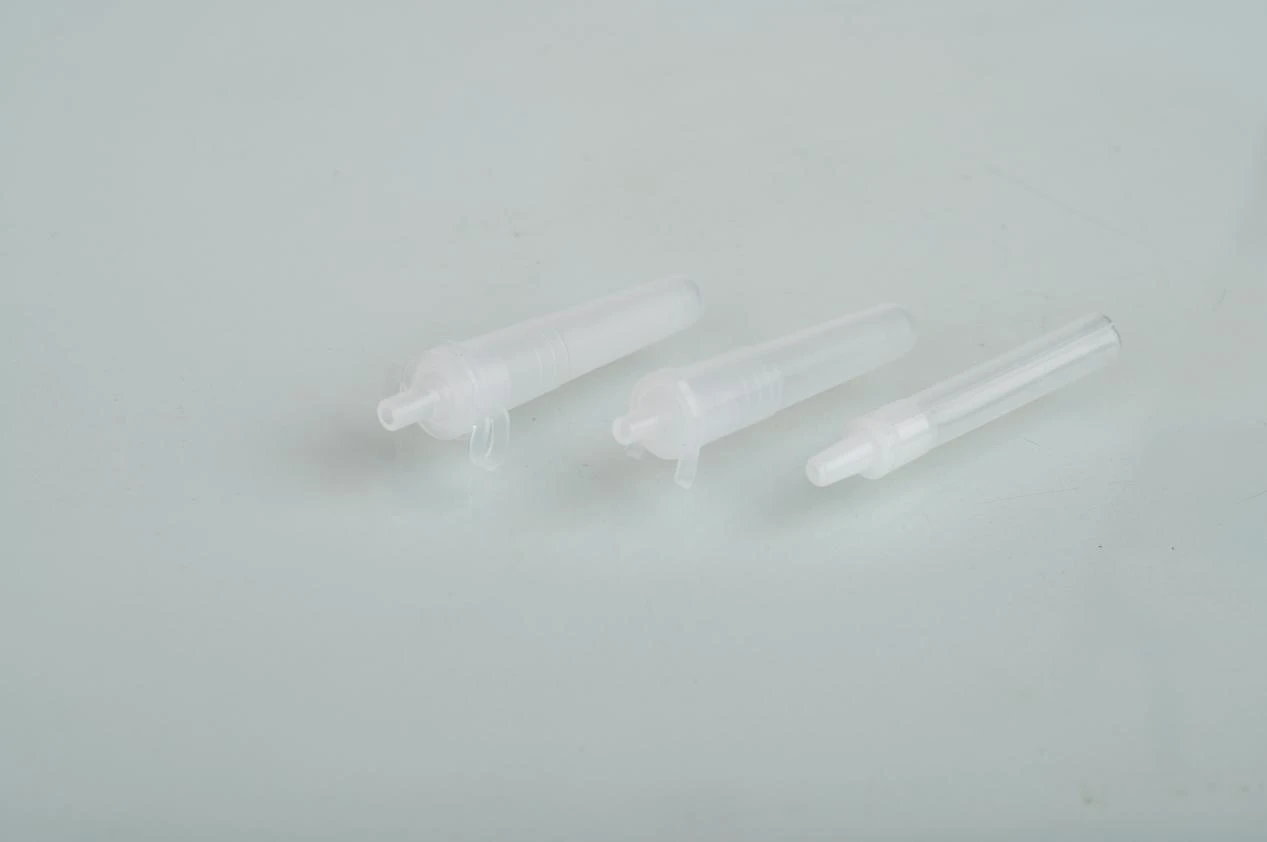Understanding Different Types of Blood Testing Tubes and Their Uses in Laboratories
Understanding Blood Testing Tubes An Essential Component of Medical Diagnostics
Blood testing is a cornerstone of modern medicine, allowing healthcare professionals to diagnose diseases, monitor health conditions, and guide treatments. At the heart of this process are the blood testing tubes, which are specially designed containers used for storing and transporting blood samples. Understanding the different types of blood testing tubes, their components, and their unique applications is essential for anyone involved in healthcare, from practitioners to patients.
Types of Blood Testing Tubes
Blood testing tubes are primarily distinguished by their colors, which indicate the type of additive they contain. Each color-coded tube serves a specific purpose, depending on the tests being performed. The most common types include
1. Red Top Tubes These tubes contain no additives and are typically used for serum collection. They are ideal for tests that require serum separation, such as hormone levels or cholesterol tests.
2. Blue Top Tubes Containing sodium citrate, blue top tubes are primarily used for coagulation studies. The anticoagulant properties allow for the measurement of clotting factors in the blood, making them essential in diagnosing bleeding disorders.
3. Green Top Tubes These tubes have heparin as an additive. They are used for plasma determination in tests requiring immediate processing, such as electrolyte tests and blood gas analysis.
4. Purple/Lavender Top Tubes Containing EDTA as an anticoagulant, these tubes are commonly used for complete blood counts (CBC) and other hematological tests, facilitating the preservation of cellular details in blood samples.
blood testing tubes

The Importance of Proper Handling
The proper use and handling of blood testing tubes are critical in ensuring accurate and reliable test results. Factors such as tube fill volume, order of draw, and storage conditions can significantly impact the quality of the sample
- Fill Volume Each tube has a recommended fill volume, and failure to adhere to this guideline can result in erroneous lab results. For instance, excessive underfilling of a citrate tube might lead to inaccurate coagulation tests.
- Order of Draw The order in which blood collection tubes are filled is essential to avoid cross-contamination between different additives. The general rule is to draw sterile tubes first, followed by blue top tubes, then other types based on their additives.
- Storage Conditions Once collected, blood samples must be promptly transported and stored under specific conditions to preserve their integrity. For instance, certain tubes require refrigeration, while others should be kept at room temperature.
Innovations in Blood Testing Tubes
Recent advancements in blood testing tubes have focused on enhancing the accuracy of test results and improving patient comfort. Innovations include the development of barrier-coated tubes that enhance stability and reduce contamination risks. Furthermore, some manufacturers are working on smart tubes equipped with RFID technology to ensure better tracking and handling of samples throughout the testing process.
Conclusion
Blood testing tubes play a vital role in the medical diagnostic process. Understanding their various types, appropriate handling, and the implications of technological advancements can empower healthcare professionals and patients alike. As the field of medical diagnostics continues to evolve, maintaining a thorough knowledge of blood testing tubes will ensure that patients receive accurate diagnoses and optimal care. This foundational knowledge not only enhances clinical outcomes but also fosters a deeper appreciation for the intricacies involved in medical testing and patient health management.
-
Aesthetic Makeup Spray Bottles | Fine Mist Empty RefillableNewsAug.19,2025
-
White Plastic Veterinary Vaccine Vials | Lab Liquid BottlesNewsAug.18,2025
-
Plastic Medicine Liquid Bottle: Secure Flip Top Drug VialsNewsAug.17,2025
-
Durable 250ml Blue Plastic Vaccine Vial for Lab & Vet UseNewsAug.16,2025
-
Sterile Virus Sample Tubes: Secure & Reliable Specimen CollectionNewsAug.15,2025
-
White 250ml Plastic Vaccine Vial for Lab & Vet MedicineNewsAug.14,2025
























